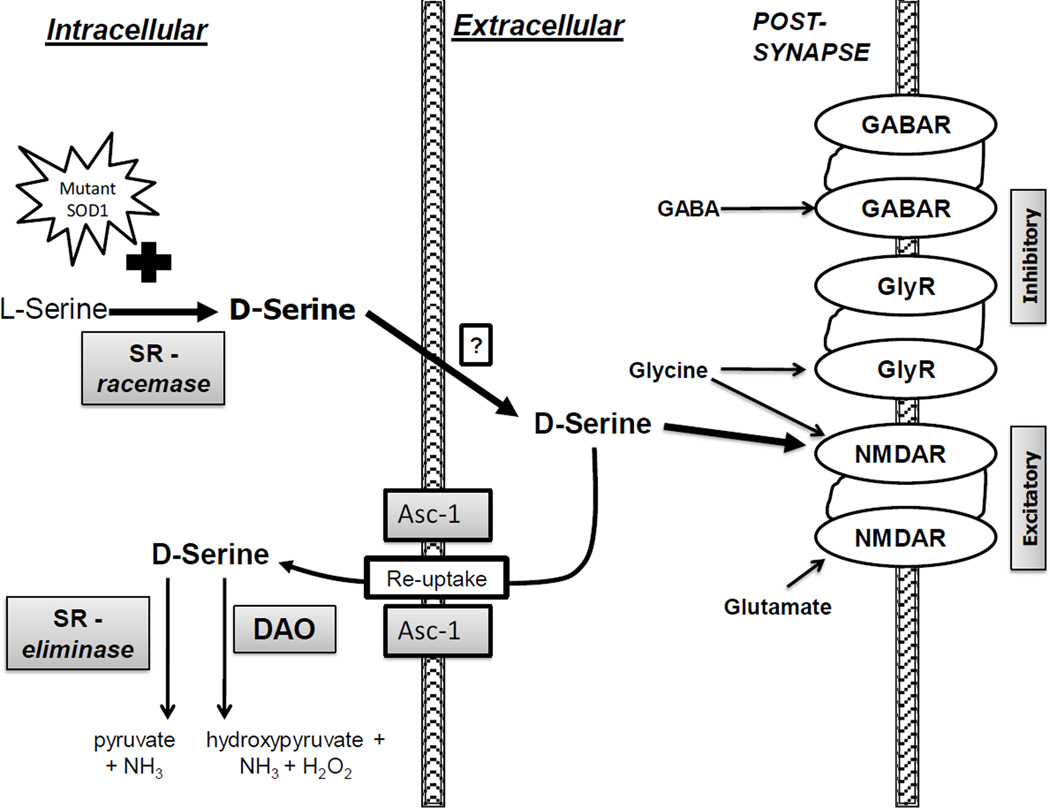Fig. 8. Schematic of D-serine trafficking.
D-serine is synthesized from L-serine by the racemase activity of SR which appears to be enhanced by the presence of mSOD1. Once released into the synaptic cleft (either through vesicles or transporters), D-serine can act as a co-agonist at the NMDA receptor, increasing the affinity of the receptor for glutamate, thereby potentiating excitotoxicity. Excess synaptic D-serine results in excess excitatory transmission which can be opposed by inhibitory transmission at the GABA and glycine receptors. Termination of the neurotransmitter function of D-serine occurs primarily via re-uptake by the D-serine transporter Asc-1 (Rutter et al., 2007). Increased intracellular levels of D-serine (from exogenous administration, diet, other endogenous sources, etc.) would be controlled via degradation by a combination of DAO and the alpha beta eliminase activity of SR. Sites of production, release, binding (NMDA-R), re-uptake, and degradation are all potential therapeutic targets.

